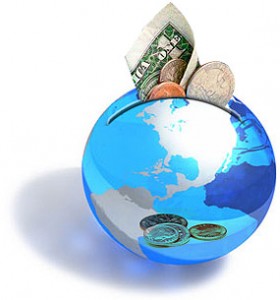Tips for Safe Online Banking
Here are some tips for conducting safe online banking:
 Monitor your accounts. Check your accounts regularly to make sure all transactions posted are ones you authorized. Report any fraudulent or suspicious activity to your bank.
Monitor your accounts. Check your accounts regularly to make sure all transactions posted are ones you authorized. Report any fraudulent or suspicious activity to your bank.
- Avoid clicking through emails. Your bank or financial institution may send you email alerts and updates, but you don’t have to click through the links to access your account. It’s usually much safer to log in to the website manually to ensure you are entering a secure site. And, never respond to emails that ask to verify your identity by providing your username or password.
- Use a strong password. Use a mix of upper and lower case letters, numbers, and special characters, and avoid using any words or phrases that contain your name, initials, or your birth date. Also, avoid using the same password across multiple sites. Some banks have an extra security step in place, where you have to verify your identity by identifying a pre-selected image or answering a security question.
- Access your accounts from a secure location. Avoid using unsecured wireless access locations to log in to your online accounts. Locations such as those found at airports, coffee shops, and hotels, are easy to intercept and someone could easily collect the information you’re using to log in.
- Protect your computer. Make sure you’re running anti-virus protection software and the firewall is turned on to prevent viruses that might be downloaded and installed from a malicious site.
- Check for encryption. You’ll want to check if you’re really logging in to your bank’s site by looking for a small lock icon somewhere on your browser. The URL should also begin with “https.” Both the icon and the URL indicate you are accessing your account over an encrypted connection.
- Keep your computer system up-to-date. Make sure you’re downloading appropriate updates and keeping your system up-to-date. Run anti-virus scans regularly and authorize system updates as needed.
